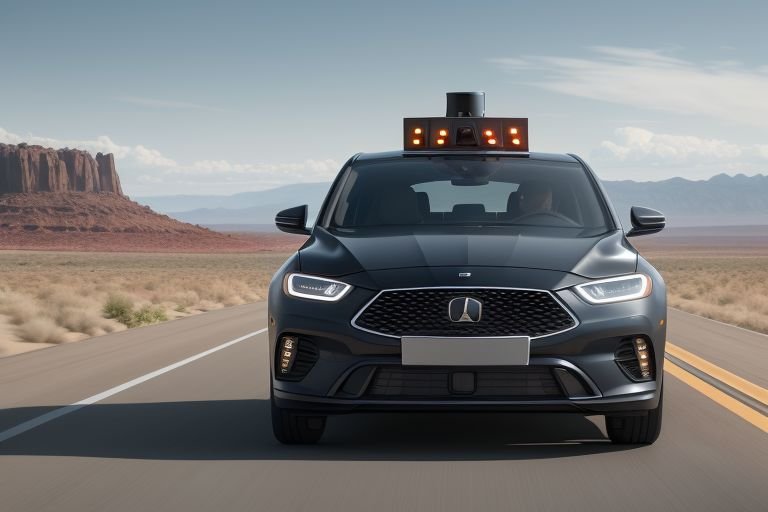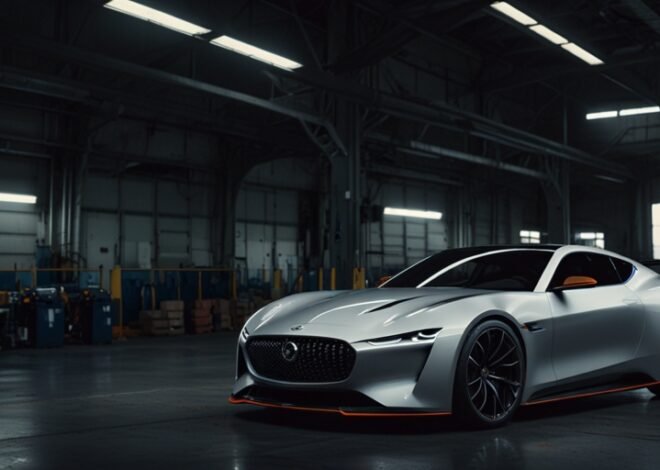
First Cross-Country Trip Without Human Intervention
This is perhaps one of the most striking milestones in the field of self-driving cars as a car has recently traveled across the United States without the input of a human driver. The vehicle is developed by a new company from Silicon Valley which is AutoPilot Inc.
crossed the country from San Francisco to New York in six days, avoiding or handling such things as bad roads, weather and traffic signals autonomously.
The testing that took place on the road took about three thousand miles and it is regarded as a major achievement in the advancement of the self-driving car. It was an electric SUV with additions of various sensors, cameras and AI systems and the test drive was performed in different conditions of a city, country roads and highways.
During the entire journey, the car independently chose the route, the lane, and the time and places of refueling. It was also able to handle difficult traffic conditions such as construction work, accidents, and other closures on the roads. The performance of the vehicle in different weather conditions such as heavy rain and fog was an added advantage that showed how hardy the sensor systems and decision-making systems of the vehicle are.
Although a team of engineers was tracking the car’s journey, they never interfered with the process at any time in the drive. All the aspects of the trip were managed by the car’s onboard systems, including the speed limit, other cars and pedestrians.
This feat has great potential for the future of transportation. This proves that self-driving cars have the potential of manoeuvring through long distance routes, thus opening doors for self-driving trucks to transform the transport sector.
Furthermore, it takes us a step closer to the era when personal vehicles can drive autonomously eliminating the chances of an accident due to human mistake and giving mobility to people with disability.
But there are still some legal barriers that should be overcome before this kind of technology could be used on a large scale. Most states’ laws currently demand that there must always be a human driver who is capable of assuming control at any one time. AutoPilot Inc. ensured that the state authorities granted special permits for this demonstration but widespread adoption will entail radical overhaul of the current legal framework.
The outcome of this cross-country trip could very well increase the pace of conversation when it comes to the legal and ethical requirements for the use of self-driving cars. Issues of who is going to be held responsible and who will be insuring these cars as well as questions regarding the presence of human supervisory control of automated systems will have to be answered before self-driving cars become a regular sight on the roads.
When this achievement becomes known, other companies involved in the development of autonomous driving cars will increase their efforts. Companies are in a race of who will get the first fully autonomous car in the market and it involves traditional car manufacturers, tech companies, and new entrants in the industry.
Although it will take more time to realize the dream of fully autonomous cars, this coast-to-coast drive is a giant step toward that goal. It proves that the technology is advancing at a fast pace and that vision of cars driving themselves across thousands of kilometers is no more a vision but a possibility.


